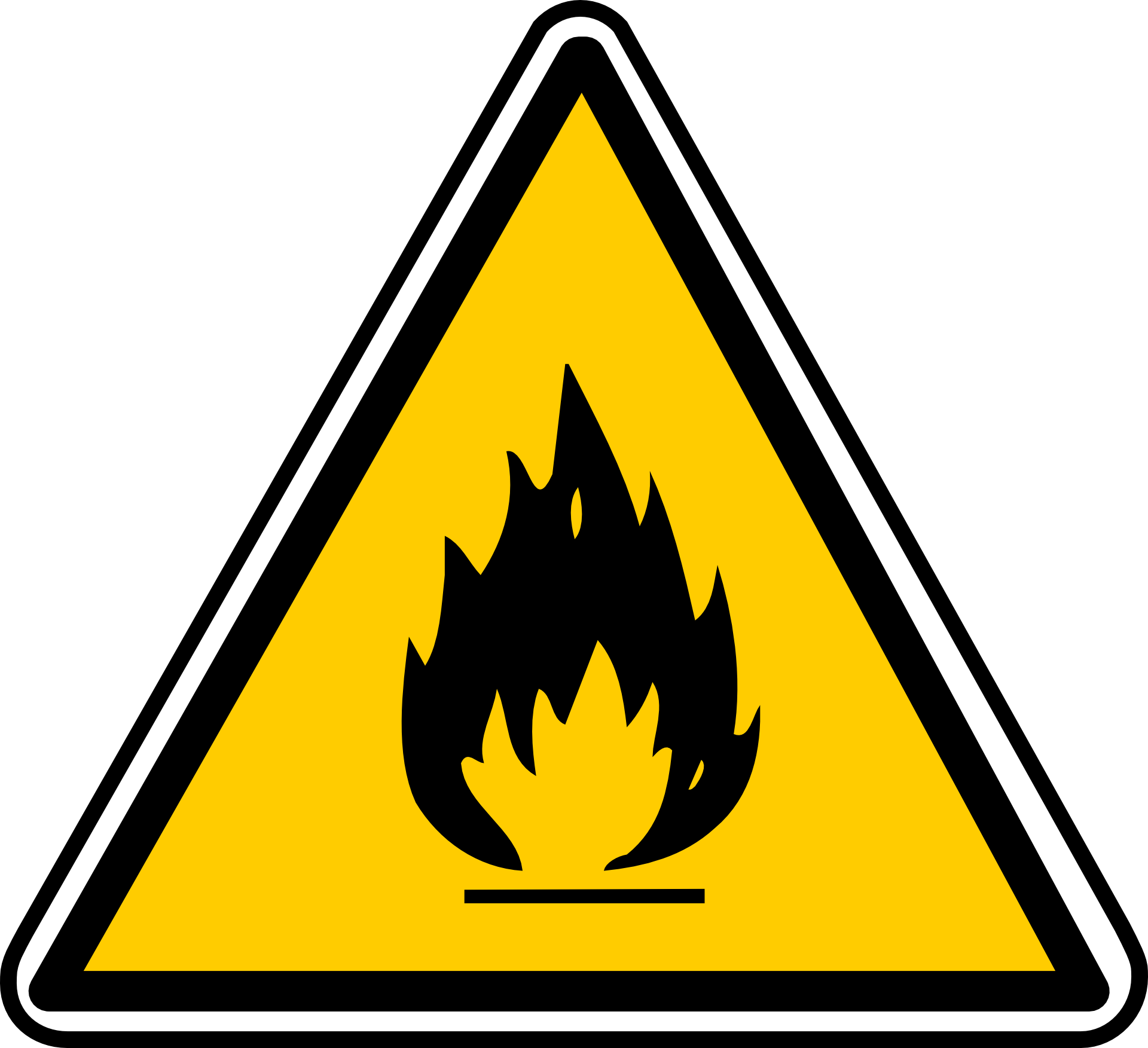More than 190,000 illnesses occur each year due to chemical exposure in the workplace.
Many industries use potentially harmful chemicals, so safe and responsible handling is essential. Workers need to know the risks associated with the chemicals used in their workplace. The globally harmonized system is an effective way of doing this.
For a rundown on what the GHS is, keep reading.
What Is the GHS?
The GHS is the Globally Harmonized System of Classification and Labelling of Chemicals. It’s an international standardization system developed by the United Nations.
One of the main goals of the GHS is the classification of chemical hazards under GHS standards. It uses a range of universal labels to communicate these classifications. The labels are comprised of single words, statements, warning pictograms, and Safety Data Sheets (SDS).
The GHS applies to all hazardous chemicals such as those used in industrial or agricultural applications, as well as consumer products. Its made up of three main groups: physical hazards, health hazards, and environmental hazards. Each of these groups contains smaller classes/categories.
Why We Need the Globally Harmonized System
The main reason for the development of the GHS was that different countries were previously using their own labeling and classification systems. Sometimes different systems were being used within a single country.
These labels were generally quite simple and often had similarities, but there was still plenty of confusion. By implementing a universal chemical labeling system, it meant that all countries were on the same page, making things much clearer.
The initial implementation wasn’t easy and caused a lot of confusion amongst workers. It has, however, brought several advantages with it:
- Promotion of regulatory efficiency
- Easier compliance
- Trade facilitation
- Consistent information
- Reduced costs
- Better emergency response
- Reduced need for animal testing
- Safer chemical transport and management
Overall, the main purpose of GHS is increased safety in any environment where chemicals are in use. For more about industrial workplace safety look here.
How GHS Compliance Affects OSHA HCS
While the GHS is used all over the world, it’s still a voluntary system and countries aren’t obliged to use it. This means that if a country already has a framework set up, it can incorporate the GHS into that system where it fits.
In the US the GHS is applied within the infrastructure of the OSHA HCS (hazard communication standard). As different countries use their own systems, the GHS may need to be modified to some degree so that it fits in without issue.
In general, it’s beneficial for countries to adopt the GHS as best they can. It makes collaboration with other countries much easier as all standards will be similar, if not the same.
Maintaining Workplace Safety
The globally harmonized system is an effective way of maintaining safety within the workplace. Ensuring everyone is following the same standards in relation to chemicals will help ensure they’re always handled correctly. The GHS improves safety not just within individual businesses, but in a huge number of organizations worldwide.
For more business articles check out some of our other blog posts.

